The world of live music has undergone a seismic shift in recent years, with Virtual Reality (VR) concerts emerging as a groundbreaking frontier for artists and audiences alike. What began as experimental livestreams during pandemic lockdowns has evolved into sophisticated productions blending cutting-edge technology with artistic expression. Behind the mesmerizing visuals and immersive audio lies a complex ecosystem of technical innovation pushing the boundaries of what's possible in digital performance spaces.
Capturing the live experience in VR requires far more than simply pointing 360-degree cameras at a stage. Production teams employ specialized rigs with multiple high-resolution cameras synchronized to millisecond precision. These camera arrays often utilize light field technology - capturing not just imagery but the direction and intensity of light rays. This data becomes crucial when reconstructing three-dimensional spaces where viewers can move freely. The processing demands are staggering; a single VR concert might generate petabytes of raw footage requiring advanced compression algorithms before reaching consumer headsets.
Audio engineering for VR concerts represents another monumental technical challenge. Traditional stereo mixes fall flat in immersive environments. Instead, sound designers implement ambisonic audio - a full-sphere surround sound format that changes dynamically as viewers turn their heads. Some productions incorporate binaural recording techniques to replicate how human ears naturally perceive directionality and distance. When combined with haptic feedback systems, these audio technologies create startlingly realistic sensations of being present in the crowd.
The virtual venues themselves are marvels of digital architecture. Teams of 3D artists construct elaborate fantasy landscapes or painstakingly recreate famous real-world arenas down to the texture of seat upholstery. Advanced physics engines simulate environmental effects - floating particles in a cyberpunk nightclub or drifting leaves in an enchanted forest setting. These spaces often include interactive elements allowing attendees to influence their surroundings through motion controls or social features.
Real-time rendering technologies form the backbone of interactive VR concerts. Unlike pre-recorded 360 videos, truly immersive experiences require graphics engines that can instantly adjust perspectives based on user movement. Game engines like Unreal and Unity have become industry standards, modified with custom plugins to handle the unique demands of live performances. The latency between a viewer's head movement and the visual update must remain below 20 milliseconds to prevent motion sickness - a technical hurdle that took years to overcome.
Perhaps most revolutionary is the emergence of volumetric capture techniques that transform artists into three-dimensional holograms. Specialized studios equipped with hundreds of cameras record performers from every possible angle, creating digital twins that can be placed in any virtual environment. When combined with motion capture data, these volumetric avatars move and perform with startling realism. Some productions now blend live action with CGI elements, allowing artists to interact with impossible stage effects or morph between different visual forms mid-performance.
The backend infrastructure supporting VR concerts is equally impressive. Content delivery networks must handle massive data streams while maintaining synchronization across thousands of simultaneous viewers. Adaptive bitrate streaming ensures smooth playback across varying internet connections. Emerging technologies like edge computing and 5G networks are reducing latency to near-imperceptible levels, enabling genuine real-time interaction between performers and audiences spread across continents.
Audience interaction systems represent one of VR's most exciting innovations. Beyond simple chat functions, advanced platforms allow crowd avatars to influence visual effects through collective motion or sound. Some concerts implement proximity audio systems where conversations between nearby attendees occur in spatialized 3D sound. Experimental productions are exploring neural interface technologies that translate brainwave patterns into visual elements of the performance.
As these technologies mature, they're converging to create experiences that transcend physical limitations. A single VR concert might transition between microscopic and planetary scales, incorporate impossible physics, or adapt dynamically to audience reactions. The technical teams behind these productions increasingly resemble film crews, game developers, and software engineers working in concert - a new breed of entertainment professionals rewriting the rules of live performance.
The future promises even more radical innovations. Light field displays could eliminate the need for headsets altogether. Advances in artificial intelligence may enable real-time translation of performances into any artistic style. Blockchain technologies could create persistent virtual venues that evolve between events. What remains constant is the human element - the desire for shared musical experiences that VR technology, at its best, amplifies rather than replaces.

By /Jul 9, 2025

By /Jul 9, 2025
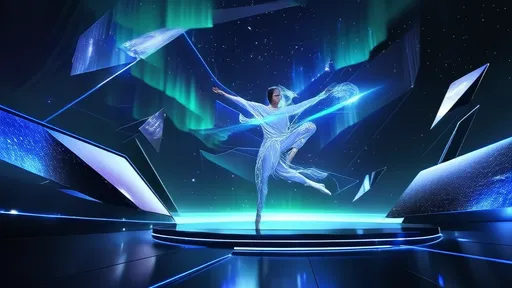
By /Jul 9, 2025
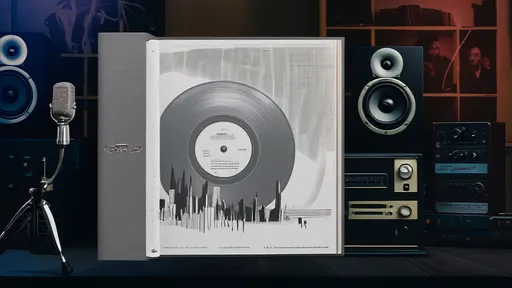
By /Jul 9, 2025

By /Jul 9, 2025
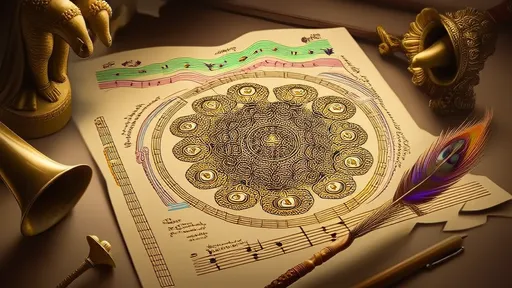
By /Jul 9, 2025

By /Jul 9, 2025
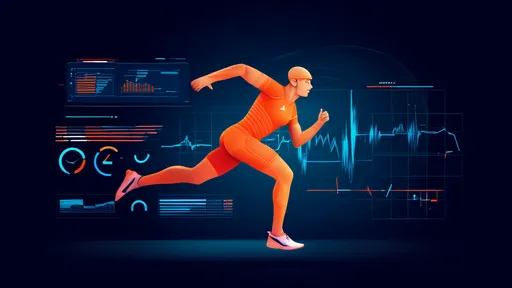
By /Jul 9, 2025

By /Jul 9, 2025
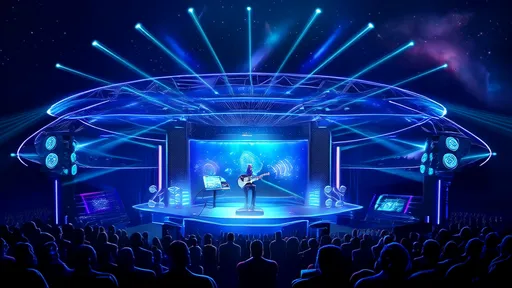
By /Jul 9, 2025
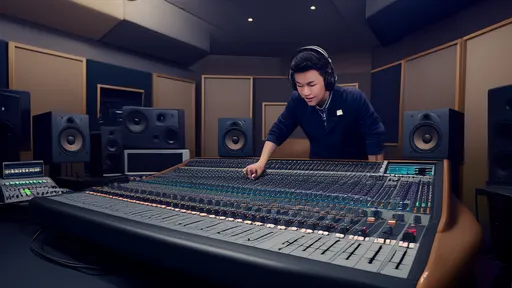
By /Jul 9, 2025
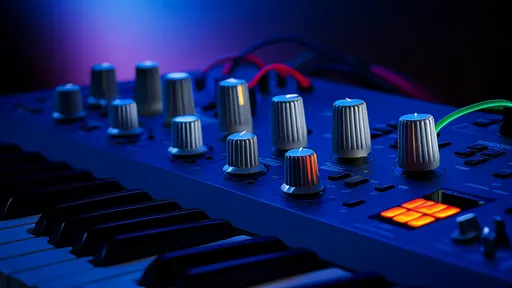
By /Jul 9, 2025
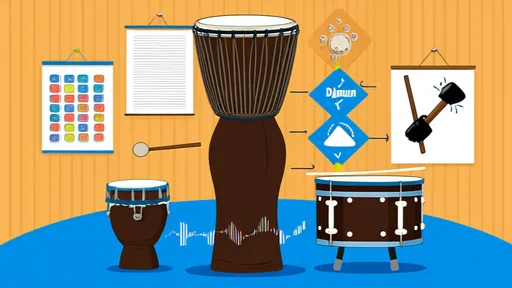
By /Jul 9, 2025
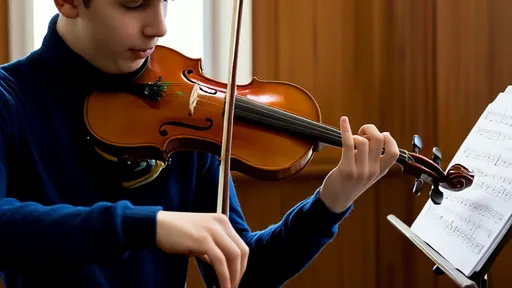
By /Jul 9, 2025
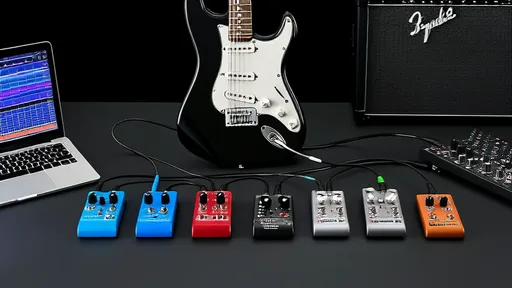
By /Jul 9, 2025

By /Jul 9, 2025
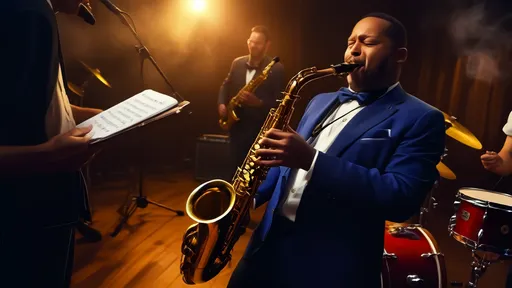
By /Jul 9, 2025
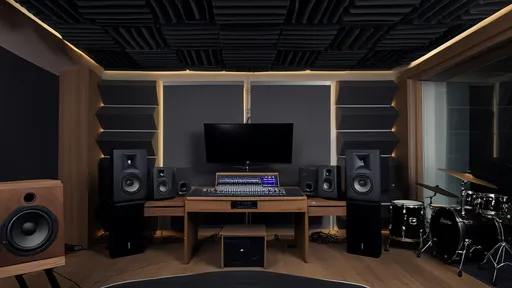
By /Jul 9, 2025